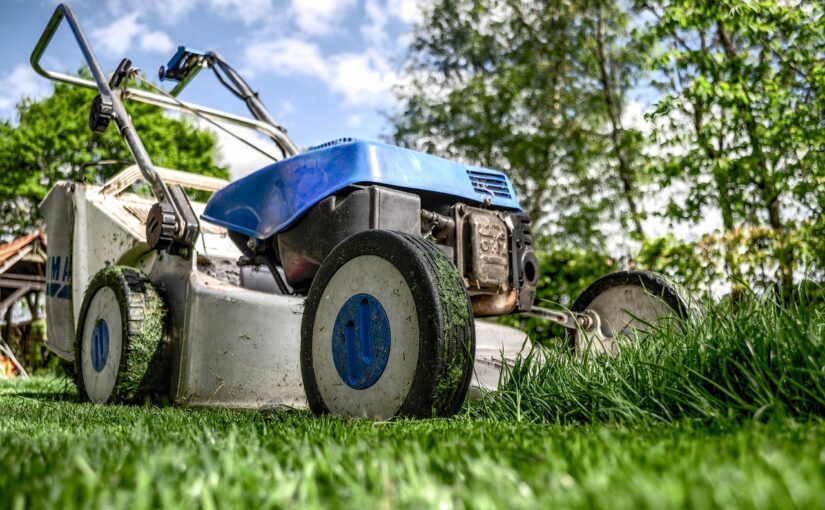In a world where property stands as one of the most significant investments, maintaining it efficiently is not an option but a necessity. The importance of a well-structured property maintenance plan cannot be overstated. Whether you’re a landlord, property manager, or a homeowner, your aim should be to preserve the value of the property, ensure the comfort and safety of its occupants, and comply with all relevant legal obligations.
Creating a Proactive Maintenance Schedule
The cornerstone of a successful maintenance plan is being proactive rather than reactive. Regularly scheduled inspections and preventative measures can save a significant amount of money in the long run by addressing potential issues before they escalate. From regular cleaning and gardening services to comprehensive annual checks of the heating and electrical systems, setting up a systematic and realistic maintenance schedule is paramount. It can help in avoiding expensive repairs, reducing downtime, and prolonging the lifespan of the property’s assets.
Legal Obligations and Health & Safety in Property Maintenance
Abiding by legal requirements is a critical aspect of property maintenance. In the UK, landlords are required to provide a safe and habitable environment for their tenants. As part of this, they must ensure all electrical installations are safe when tenants move in and maintained throughout the tenancy. An annual Landlord Electrical Report, conducted by a qualified engineer or electrician, is one of the most efficient ways to meet this requirement and avoid potential penalties.
It’s also crucial to stay up-to-date with changes in legislation and always meet your responsibilities concerning fire safety, gas safety, and the control of hazards such as asbestos and mould. Non-compliance can lead not only to financial penalties but can also put tenants’ health at risk.
Sustainable and Green Practices in Property Maintenance
Adopting sustainable practices in property maintenance not only reduces environmental impact but can also lead to cost savings. Consider measures such as the installation of energy-efficient lighting, insulation to reduce heat loss, or rainwater harvesting systems. Regular maintenance of heating systems and ensuring that appliances are energy-efficient can also significantly reduce a property’s carbon footprint. By incorporating green practices into your maintenance plan, you contribute to a more sustainable future and can also enhance the appeal of your property to eco-conscious tenants or buyers.
Using Technology to Enhance Property Maintenance
Technology can be a game-changer in the realm of property maintenance. It can streamline operations, improve communication, and ensure the efficient use of resources. Use of property management software can automate tasks such as scheduling inspections, sending reminders for routine maintenance, and tracking the status of repair requests. Smart home technology, like remote-controlled heating or leak detectors, can help catch issues early and reduce the need for emergency repairs.
Final Thoughts
In conclusion, establishing an effective property maintenance plan is a multifaceted endeavour. It requires a forward-thinking schedule, a thorough understanding of legal obligations, a commitment to sustainability, and a keen eye on technological advancements. A proactive approach to maintenance not only enhances the property’s lifespan and value but also promotes a safe, comfortable, and environmentally friendly space for occupants. By prioritising these aspects in your property maintenance plan, you are investing in a strategy that safeguards your property, meets all legal standards, and stands the test of time.
Author: Ryan Byrne
